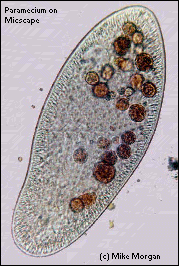I have had a shoal of Ochre striped Cardinals for about 18 months.
Yesterday I noticed two of them had separated from the group and were lurking in a dark corner of the tank like a pair of drug dealers.
not being the judgemental type I ignored their behaviour. Well during feeding time I observed that one of them had a distended jaw which suggests there behaviour was of an adult nature.
so I am seeking advice on raiding the fry and need information on incubation period and care and feeding of the fry.
in the past I have successfully bred and raised Bangai cardinals so I’m wondering if there are any similarities between the care of these two species.
Yesterday I noticed two of them had separated from the group and were lurking in a dark corner of the tank like a pair of drug dealers.
not being the judgemental type I ignored their behaviour. Well during feeding time I observed that one of them had a distended jaw which suggests there behaviour was of an adult nature.
so I am seeking advice on raiding the fry and need information on incubation period and care and feeding of the fry.
in the past I have successfully bred and raised Bangai cardinals so I’m wondering if there are any similarities between the care of these two species.

















